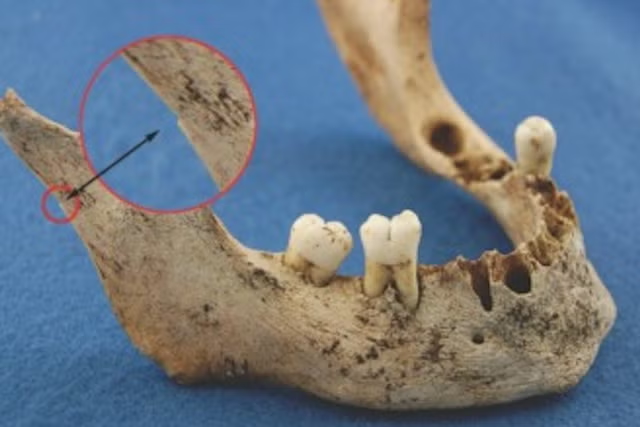A psychedelic drug similar to LSD has been found to reduce anxiety in mice by changing their brain activity.
The drug, named DOI (2,5-dimethoxy-4-iodoamphetamine), was found to activate special brain cells, known as fast-spiking interneurons, in an area of the brain involved in controlling emotions and memory called the hippocampus, according to a new paper in the journal Neuron.
This activation of the fast-spiking interneurons resulted in the silencing of other nearby cells in the ventral hippocampus, resulting in a reduction in anxiety. This could help to pave the way to using psychedelics to treat anxiety in humans, without causing hallucinations.
"It hasn't been known what brain areas and cell types are involved when psychedelics suppress anxiety," study co-author Alex Kwan, an associate professor of biomedical engineering at Cornell University, said in a statement.
"The idea is that if we know the neurobiology involved, we can design some better drug that would target these pathways."
This study marks another addition to recent research that collectively suggests that psychedelics, when used in a therapeutic setting, have significant potential to alleviate symptoms of anxiety, depression, and other mental-health issues.
Psychedelics—such as LSD and psilocybin—are structurally similar to serotonin, a neurotransmitter that plays a major role in regulating mood, cognition, and perception.
The drugs disrupt normal communication networks within the brain, increasing connectivity between regions that don't usually interact, leading to vivid hallucinations, altered sensory perception, and a feeling of interconnectedness.
DOI is similar in structure to these psychedelics. In the paper, the researchers describe how they used the drug on mice and rats, and found that it silences cells in the ventral hippocampus, resulting in reduced anxiety in the animals.
"The work provides an understanding of the cellular trigger for the psychedelic-induced relief of anxiety," co-author Vidita Vaidya, a senior professor of biological sciences at the Tata Institute of Fundamental Research in Mumbai, India, said in the statement.
This study was based on previous findings that neurons in the ventral hippocampus appeared to become hyperactive when an animal is anxious, especially those that communicate with the amygdala, which processes emotions.
"There's a hint that in the anxiety state, these cells are active, and maybe the drug works by then silencing some of these," Kwan said.
The researchers tested the anxiety of the rodents using a special maze, where spending more time in an enclosed area with walls was considered an anxiety behavior.
"As one might expect, the animal tends to spend a lot of time in the closed wing," Kwan said. "This is a kind of standard assay to determine how anxious the animal will be and how much it will explore."
They injected the rodents with DOI, both into their bloodstream and into four different brain areas.
"Quite surprisingly, only one region—the ventral hippocampus—when we infused it with DOI, was able to retain the psychedelic's effect of reducing anxiety," Kwan said.
Interestingly, the ventral hippocampus pathway did not appear to result in hallucinations like those usually caused by DOI, meaning that some of the effects of psychedelics may use different brain circuits from those that cause the hallucinations.
"That opens up the possibility to design psychedelic-inspired drugs that target anxiety without evoking potent hallucinations," Vaidya said.
Do you have a tip on a science story that Newsweek should be covering? Do you have a question about psychedelics? Let us know via science@newsweek.com.
References
Tiwari, P., Davoudian, P. A., Kapri, D., Vuruputuri, R. M., Karaba, L. A., Sharma, M., Zanni, G., Balakrishnan, A., Chaudhari, P. R., Pradhan, A., Suryavanshi, S., Bath, K. G., Ansorge, M. S., Fernandez-Ruiz, A., Kwan, A. C., & Vaidya, V. A. (2024). Ventral hippocampal parvalbumin interneurons gate the acute anxiolytic action of the serotonergic psychedelic doi. Neuron. https://doi.org/10.1016/j.neuron.2024.08.016
Disclaimer: The copyright of this article belongs to the original author. Reposting this article is solely for the purpose of information dissemination and does not constitute any investment advice. If there is any infringement, please contact us immediately. We will make corrections or deletions as necessary. Thank you.



